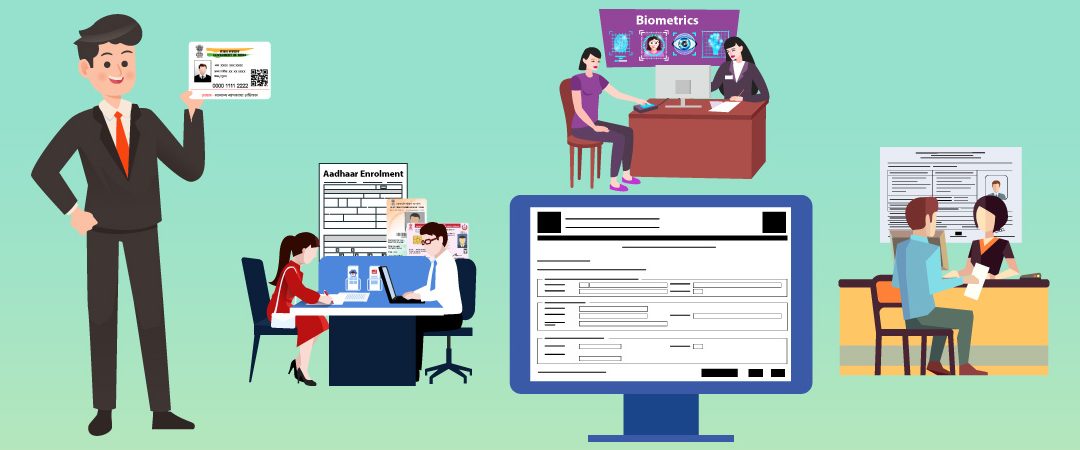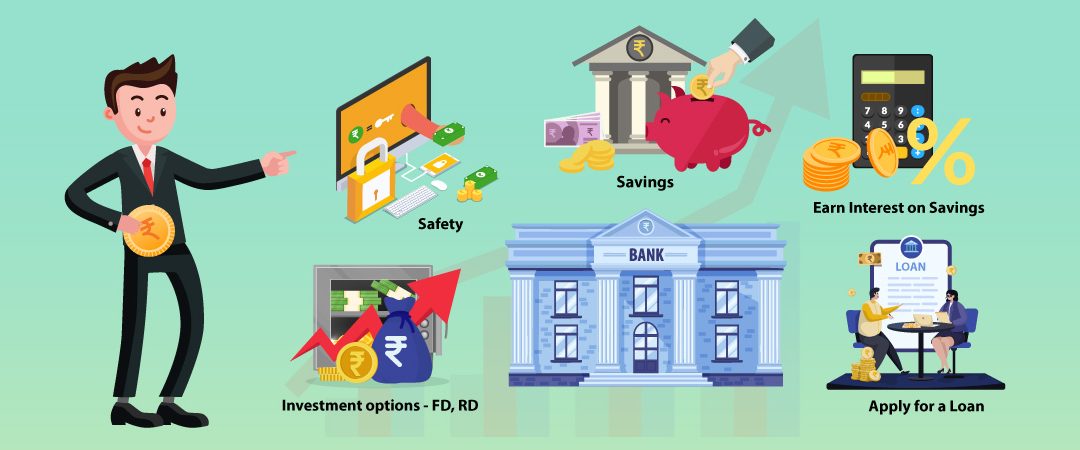
Aadhar Card – What is Aadhaar Card, Benefits of Aadhaar Card, How to Apply for an Aadhaar Card
Aadhaar Card is one of the most important documents concerning the identity of an Indian citizen. It serves as an address proof and also as a photo ID proof of the holder. Additionally, the document has become a critical document across the banking and the telecommunication space, wherein the bank account number and the telephone number of an individual are linked to their Aadhaar number. But then, what is an Aadhaar Card, how to apply for an Aadhaar Card, and what are the benefits of having an Aadhar Card? Let us look at these crucial aspects through this blog.
What is an Aadhaar Card?
Aadhaar was launched in 2009. It is a 12-number individual identification issued by the Unique Identification Authority of India (UIDAI) on the Government of India’s behalf. An Aadhaar number serves as an ID proof and address proof anywhere across India. Any resident of India, regardless of age and gender, if he satisfies the verification process as prescribed by UIDAI he can apply for an Aadhaar card. Let us now look at how to apply for Aadhaar.
Aadhaar Card for Minors
Minors can be enrolled for Aadhaar. While applying for Aadhaar for minors below age five, you must submit the minor’s birth certificate and parents’ ID and address proof. Children below five get a Baal Aadhaar card which is blue.
Aadhaar Card for Foreigners
Foreigners residing in India can also apply for Aadhaar, even if they are not citizens of India. However, a foreigner can apply for Aadhaar only if they are residing in India for over 182 days in the last 12 months.
How to apply for an Aadhaar Card?
Applying for Aadhaar is simple. You only have to follow the set process. Let us look at the step-by-step procedure to apply for Aadhaar.
- Visit https://appointments.uidai.gov.in/easearch.aspx?AspxAutoDetectCookieSupport=1 to find an enrollment center near you.
- Book an online appointment through https://aadharcarduid.com/aadhaar-card-apply-online. However, you can also visit the Aadhaar center without an appointment.
- Submit ID proof, address proof, and proof of birth date. Documents that serve as ID proofs include passport, voter ID card, PAN card, driving license, government photo ID card, etc.
- Fill the enrollment form with the necessary information, and submit the form and documents.
- Complete the biometrics process
- You will get an acknowledgment slip as enrollment proof. It will comprise a 14-digit enrollment number, enabling you to trace your application’s status.
- Once the verification process is complete, you will receive your Aadhaar Card at your address through post. Please note that it will take around three months to receive the card.
Benefits of Aadhaar Card
Having an Aadhaar has several benefits associated with it. Some of the most significant ones include,
- If you register your Aadhaar with EPFO, the PF amount gets directly credited to the Aadhaar cardholder.
- If your mobile number is registered with Aadhaar, you can sign legal documents electronically through an OTP you receive on your Registered Mobile Number. The eSign is valid and enforceable anywhere in India.
- Having an Aadhaar number enables you to get the LPG amount directly credited to your bank account linked with your Aadhaar. If you already have a connection, you have to provide an Aadhaar copy to the gas agency.
- In case you have an Aadhaar, you get the passport in only ten days.
- An Aadhaar number enables you to open a bank account without submitting a plethora of documents. You can open an account anywhere in India with an Aadhaar and a minimum amount of cash.
- Furthermore, students eligible for stipends and scholarships can have the amount directly credited to their account after providing the Aadhaar number.
Do Not Have An Aadhaar? Apply Now!
Remember, Aadhaar is a critical document and is required everywhere these days. So, now that you know what Aadhaar is, how to apply it, and its benefits, apply for an Aadhaar if you do not already have one! Keep following our blog space for more educational content, and enhance your financial literacy through Arth Shikshan.






